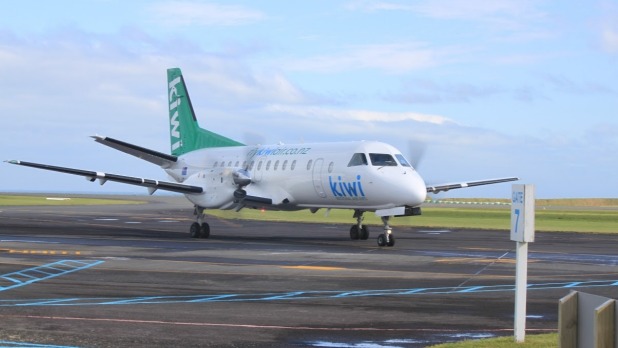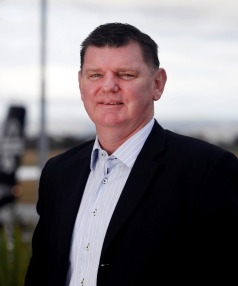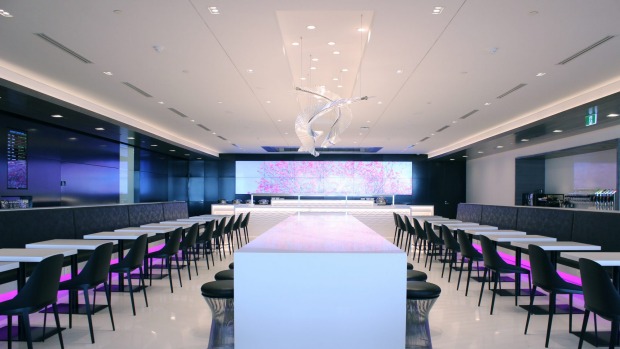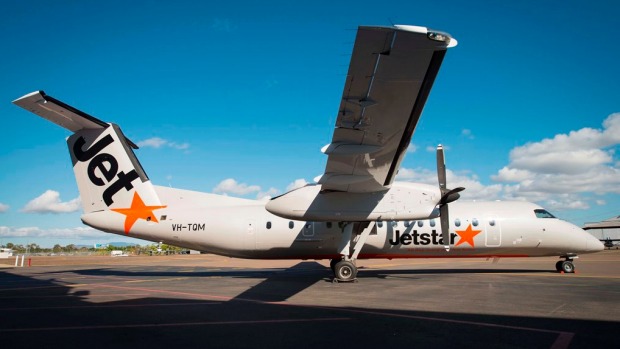Friday's reported near-miss between a remotely-piloted aircraft system (RPAS) and an Air New Zealand plane has sparked stern statements from the airline and from the Transport Minister.
But Digiflicks video producer Simon Baker, an unmanned aerial vehicle (UAV) operator, says panic threatens to derail innovation in the industry.
"I understand the safety concerns," Mr Baker said.
"But the other concern is the hysteria around the word 'drone'. There are fixed-wings that are known as drones as well, not just multi-rotors like I use, and a lot of other people are using."
Mr Baker, of Christchurch, said UAVs offered benefits to law enforcement, surveying, forestry, and other industries.
He said most UAV operators would be very upset if a person had flown a drone so near a commercial aircraft.
"If that's what it transpires to be, then please punish that person. That's what we want - as an industry, we are all about safety as well."
Paihia entrepreneur Jeremy Vaughan said the law made insufficient distinction between recreational and commercial users and a "carte blanche" approach was stifling innovation.
Mr Vaughan said he wanted to develop a drone with heavy-lifting applications for agriculture.
He said New Zealand was falling "way behind the times" and risked missing out on advances in UAV science and technology.
Mr Vaughan said he was working to develop drones capable of carrying chainsaws and lifting weights above 55kg.
He said people should register as drone users, and understand the law, but certified commercial users should have different restrictions from recreational users.Recreational UAV flyer Max Whitehead said primary industries including forestry and farming would benefit from drone technology.
He said farmers could save time and money using UAVs to check on stock, instead of burning fuel on farm vehicles to cover large distances.
Mr Whitehead said some regulations were necessary, but the regulatory environment was already too restrictive for recreational users. He said an "over-zealous" approach was stifling technological development here.
Mr Whitehead, of Auckland's North Shore, said there were some people "looking for any opportunity to be concerned about drones".
Some operators have questioning claims the object spotted 6000ft above Canterbury was a drone.
Mr Baker said few UAVs in New Zealand could reach such a high altitude.
"Not many off the shelf will do that."
The operator of the object seen above Kaiapoi at 5.45pm on Friday has still not come forward.
Mr Baker said battery limitations made it difficult for many UAVs to fly so high.
He said fixed-wing UAVs could easily reach that height but few multi-rotor models could.
"To get that height if it was a UAV, a multi-rotor UAV, it takes a fair bit of power, a long-range antenna..."
In a statement on Saturday, Air New Zealand slammed what it called an "emerging trend of a reckless use of drones that puts the safety of customers and staff at risk".
Pilots' union NZALPA called for the compulsory installation of "see-and-avoid technology" on drones, identity markings on drones and education for all drone users.But the pilots' association also criticised the Civil Aviation Authority (CAA) for not being "proactive" about educating drone users.
The CAA was investigating the incident, which it called a "near-miss".
"While RPAS technology is advancing quickly and offers some very significant benefits to a range of industries it can pose a threat to conventional aviation activities and this must be carefully managed," the authority added.
The authority said rules varied for RPAS systems above and below 25Kg in weight.
Transport Minister Simon Bridges said he was taking the Kaiapoi incident "very seriously".
He said regulations effective since August 1 meant any RPAS operator must get CAA approval to fly at night, beyond line of sight, or above 400ft.
Apart from safety concerns, drones have in some cases raised fears over privacy.
In July, Simon Done was sentenced to 80 hours' community work and ordered to pay reparations after stomping on Aaron Wagstaff's drone in Waikanae, north of Wellington.
In August, the Privacy Commissioner shot down a complaint from a Wellington resident who complained about a Sky TV drone flying during a cricket test at the Basin reserve.
The same month, new rules required drone users to have consent of people and property owners before flying over them.
Today, a Privacy Commissioner spokesman said no further complaints about drones had been received.
- NZME.
8:41 PM Monday Sep 28, 2015
 New airline Kiwi Regional was to make its first flight from Nelson today.
The airline's SAAB 340A aircraft was scheduled to fly from Dunedin to Nelson Airport this morning and then on to Hamilton at 11.25am.
New airline Kiwi Regional was to make its first flight from Nelson today.
The airline's SAAB 340A aircraft was scheduled to fly from Dunedin to Nelson Airport this morning and then on to Hamilton at 11.25am.

























